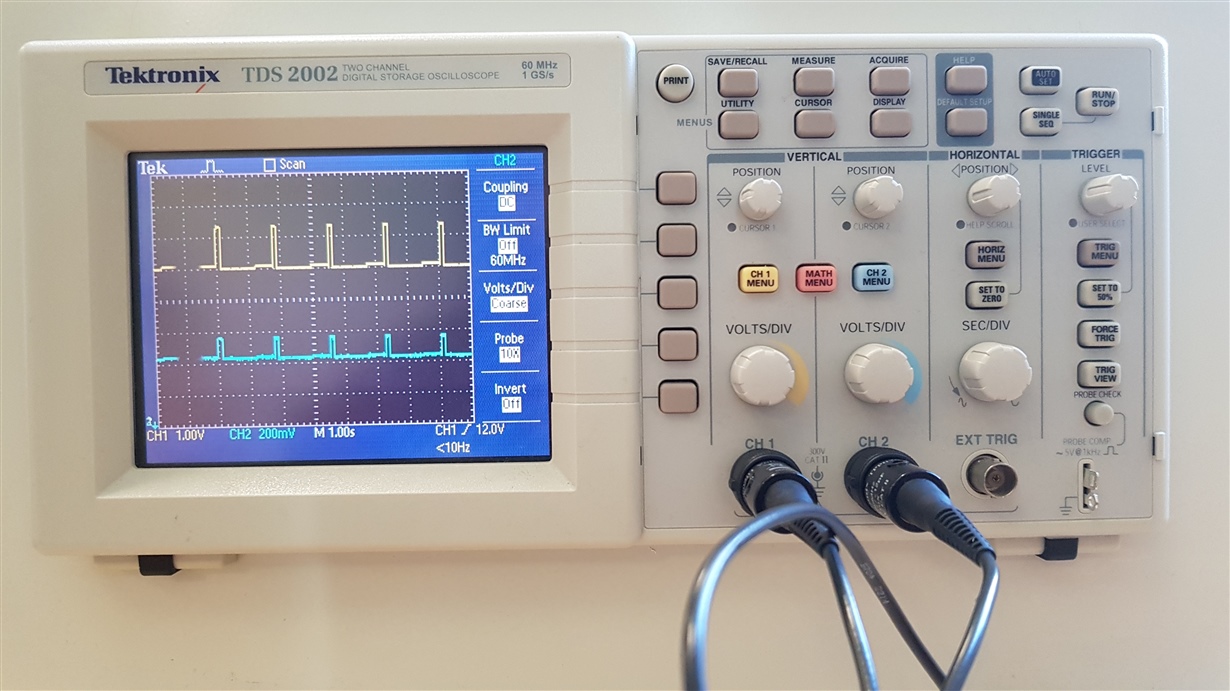Hello,
We have come across a few issues which we would like help in figuring out the Battery which was used is a:
FRIWO FB5S1P18650-28: 5S1P, With Built-in 10k NTC Thermistor Wire:
Nominal Voltage: 18.25V,
Nominal Capacity: 2850mAh,
Charging Voltage: 21V,
Discharge Cut off Voltage: 15V
We used this battery with the Eval Board which is the BQ24610EVM.
When Charging the charging indicator LED would be a solid on (STAT1), but we noticed when the battery voltage reached 21V the charging would continue over 21V and would not stop until it reached 22.6V whereby at that point the STAT1 led then flickers on/off every 3 seconds and on the multimeter, I am seeing the voltage is not stable and going up and down from 18V to 21V (when STAT1 is flickering), the Termination and Safety Cut-off has been enabled on JP1 by floating the pin 2 (I also, did the jumper to Pin 2 and 3, which made no difference).
My guess is that the internal battery protection lock keeps getting activated because the charger is overcharging the battery.
My issue here is that why the EVM charger board is overcharging the battery and how to fix this, also why does the STAT2 indicator (which supposed to show the charging is complete) never lights up?
Please, could I have help on how to fix this as soon as possible?
Best regards
Mo


